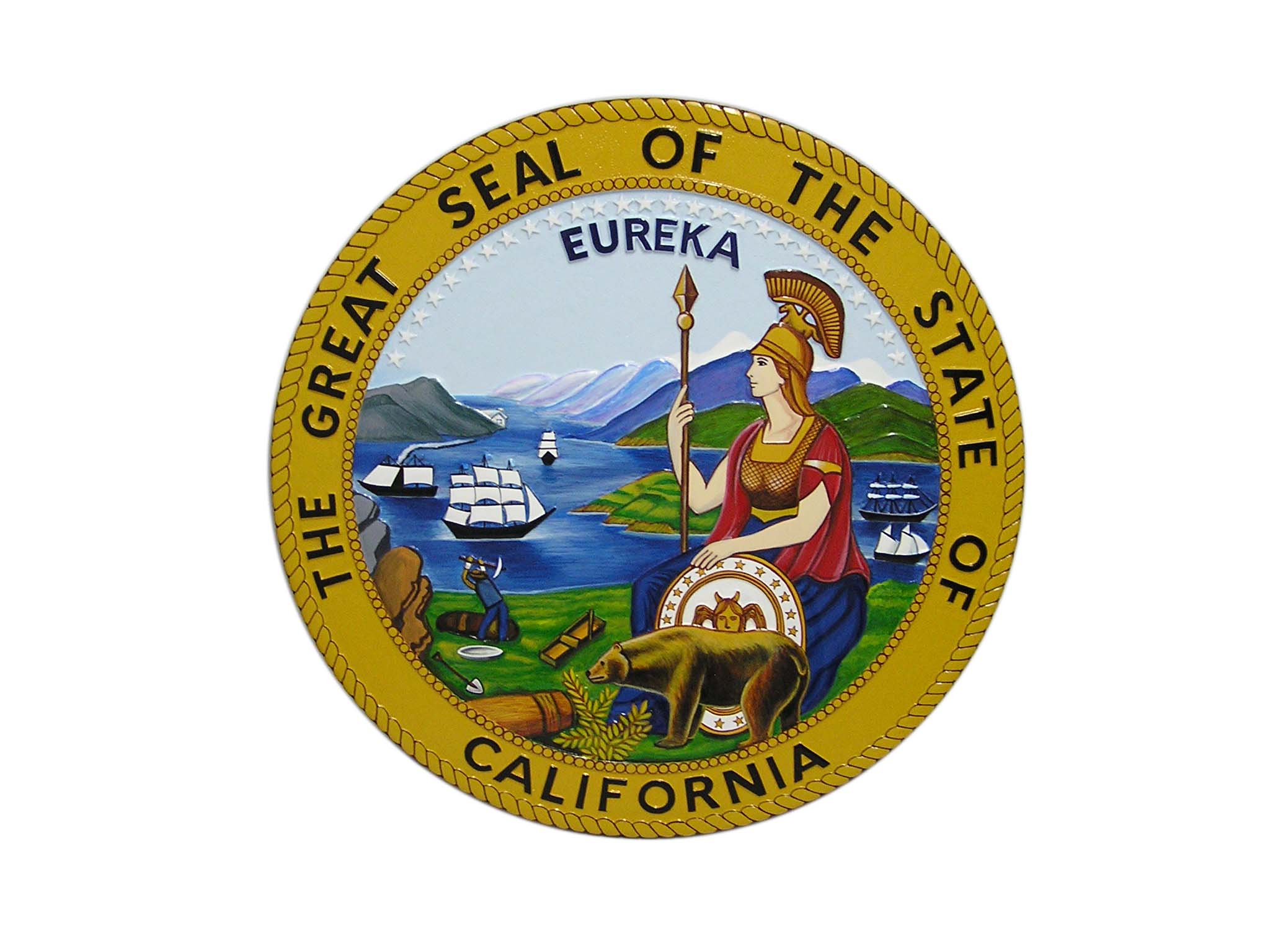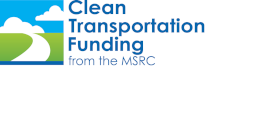 Governor Brown’s proposed 2016-2017 state budget provides substantial investments for transportation improvements and reductions in greenhouse gas emissions (GHGs).
Governor Brown’s proposed 2016-2017 state budget provides substantial investments for transportation improvements and reductions in greenhouse gas emissions (GHGs).
In 2015, the Governor announced six pillars of the climate change strategy needed to reduce greenhouse gas emissions to meet the state’s 2030 target. The climate change investments laid out in the budget will help advance one of these pillars - a fifty percent reduction in petroleum use in transportation - by promoting cleaner vehicle technologies, utilizing lower carbon fuels and reducing vehicle miles traveled.
To address climate change, the budget outlines a $3.1 billion Cap and Trade Expenditure Plan that combines the unallocated funds remaining from the 2015-16 fiscal year (approximately $1 billion) with anticipated 2016-17 auction revenues (approximately $2.1 billion). California’s Climate Investments would be allocated across seven different investment categories, three of which directly relate to transportation, sustainable communities and clean air.
A little more than $1 billion would be allocated to programs that receive continuous appropriations from the annual budget. These are: high-speed rail ($500 million) administered by the California High-Speed Rail Authority; the Low Carbon Transit Operations Program ($200 million) administered by the California State Transportation Agency; the Transit and Intercity Rail Capital Program ($200 million) administered by the California Department of Transportation (Caltrans); and the Affordable Housing and Sustainable Communities Program ($400 million) administered by the Strategic Growth Council (SCG).
To tackle the goal of a 50 percent reduction in petroleum use head-on, the budget lays out additional investments to meet this challenge. It directs an additional $200 million to the Transit and Intercity Rail Capital Program (for a total of $600 million), $100 million to Caltrans for the Low Carbon Roads Program, $500 million to the California Air Resources Board for the Low Carbon Transportation and Fuels Program, and $25 million to the California Energy Commission for investments in biofuel facilities. Low Carbon Roads is a new program aimed at projects that encourage active transportation such as bicycling and walking, and other carbon-reducing road investments, with at least 50 percent directed to benefit disadvantaged communities. According to a budget briefing by Transportation Secretary Brian Kelly, examples of projects affecting neighborhood streets and roads that could quality for this program include: signal synchronization, road diets (reducing the number of traffic lanes to accommodate new infrastructure such as bike lanes or pedestrian walkways) and complete streets including enhanced infrastructure for bicycling and pedestrians.
Another new program is the SGC’s Transformational Climate Communities Program designed to support local climate actions to reduce emissions in the state’s top five percent of disadvantaged communities for projects that integrate multiple, cross-cutting approaches to reduce GHGs. The program will include investments in energy, transportation, active transportation, housing, urban greening, land use, water use efficiency, waste reduction and other areas, while also increasing job training, economic, health and environmental benefits.
The remaining $745 million in climate investments will be spent on areas such as reducing short lived climate pollutants, water projects, carbon sequestration, and energy efficiency and renewable energy.
With respect to transportation, the budget proposes a $1.7 billion transportation package (as well as $3.57 billion in annualized expenditures) to be distributed as follows: $100 million for the Low Carbon Roads Program (the same program described above); $490 million for local road maintenance and repairs; $409 for transit capital; $515 for state highway repair and maintenance, including pavement ($220 million), bridges and culverts ($155 million), traffic management systems ($20 million), and maintenance ($120 million); and $211 million for improving trade corridors for goods movement.
Additionally, the budget proposal reflects some of the transportation infrastructure proposals made last year during the transportation special legislative session. It calls for $36 billion over 10 years directed to: highway repair and maintenance ($16.2 billion); state trade corridors ($2.3 billion); local roads ($13.5 billion); and transit and intercity rail ($4 billion), with a minimum of $2 billion spent on projects that benefit disadvantaged communities.
The budget includes several proposals to finance these proposals. A new road improvement charge of $65 per vehicle would be imposed, raising $2 billion. Stabilizing the gasoline excise tax at the historical average of 18 cents and eliminating the current annual adjustments would generate $500 million. Increasing the diesel excise tax by 11 cents and adjusting it annually for inflation would generate $500 million. Half-a-billion dollars would come from additional cap and trade proceeds. Finally, $100 million would be generated by implementing agency efficiencies at Caltrans.
Currently, the Legislature is holding hearings on the proposed budget and the Governor’s revised budget will be released in May. By law, the budget must be finalized by June 15.
More information on the Governor’s budget is available at http://www.ebudget.ca.gov/
